Well, that felt quick. It seems like only yesterday that the original Nissan Leaf and the Peugeot iOn first emerged, their tiny batteries and puny electric motors making for an interesting glimpse at what the future of mass personal transport might look like.
Fast forward to 2021 and those early efforts don’t look so novel at all. In fact, with the sale of new petrol and diesel cars set to be banned in the UK from 2030, their status as harbingers of a new electrified era now looks pretty ironclad. Seemingly overnight, the entire new car market, from the affordable end to the not-so-affordable end, has been hit by a deluge of battery-powered alternatives to the once dominant internally combusted norm.
For better or for worse, EVs’ prominence among the UK f leet will continue to grow. Sales and consequently market share are, on the back of solid, attainable mainstream offerings, going to go only one way: up.
So the questions are: what do those real-world characters look like today? And are they already in good enough shape to really kick-start more widespread EV adoption ahead of the looming 2030 ban, or is there still a hell of a lot of work to be done?
Well, as far as the mainstream is concerned, it’s hard to get more mainstream than Volkswagen and Ford. These automotive leviathans perhaps aren’t quite as mobile or quick to the punch as a certain Californian firm, but the cogs have really started turning in the past year with regards to their respective electrification programmes.
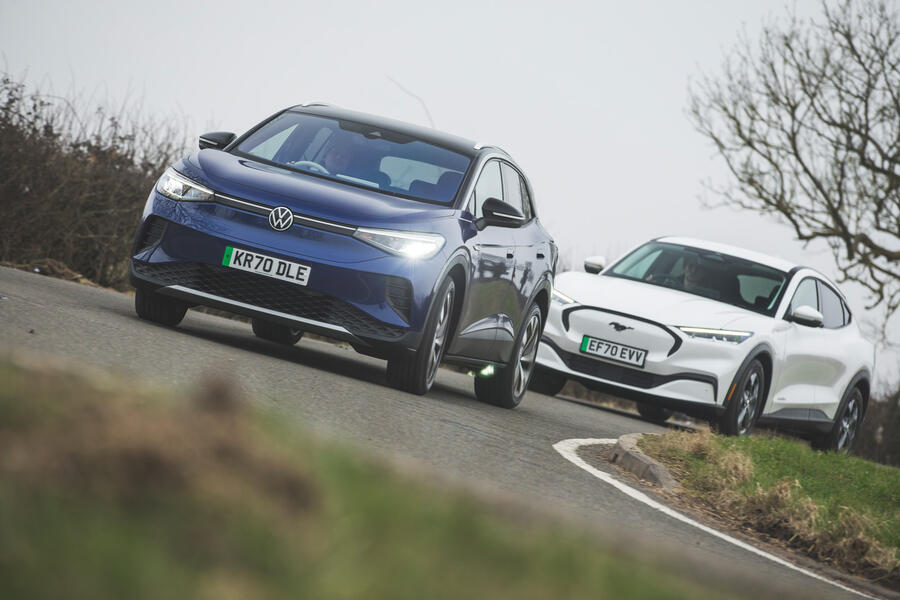
Volkswagen struck first with the launch of the ID 3, but that family hatchback isn’t the car that’s really going to help the German firm dominate this new electrified era. Instead, that will be the new ID 4. Not only is it set to capitalise on Europe’s ravenous appetite for relatively affordable, premium-feeling crossovers; but also, with production sites in China and the US, it’s the car that will spearhead Volkswagen’s EV campaign in those crucial markets. That makes it a huge deal.
Ford, meanwhile, has gone down a similarly SUV-shaped route with its inaugural series-production EV, but the journey has been rather more controversial. This, of course, is because of the name it chose. By going with Mustang Mach-E, Ford isn’t mincing its words. Not only does that hallowed name bring with it an elevated status of image-based desirability, but also, in addition to the levels of practicality and user-friendliness it must possess to succeed as an SUV, there has to be a healthy serving of driver appeal, too.
And so it is that on a freezing-cold March morning, we find ourselves at Milton Keynes Coachway, where a Mach-E and an ID 4 are plugged in to 50kW rapid chargers, having just completed the run up the M1 from London. The Mach-E we have is the entry-level RWD Standard Range, a car that will cost you £40,350 (now that it is no longer eligible for a government grant, which has been cut from £3000 to £2500 and now only applies to EVs under £35,000).
The ID 4 is a Pro Performance First Edition – the only version you can get for now in the UK. This generously equipped launch special will set you back £40,800. It’s a small difference, that, and a pretty telling indicator of just how closely matched these two electric crossovers are likely to be throughout the course of this test.
Both adopt what has become the archetypal EV layout: a lithium ion battery pack housed between the axles and beneath the floor, powering a rear-mounted electric motor that drives the rear wheels. That said, when you look at their specifications, there is a tiny bit more daylight.
Whereas the Ford’s motor produces 266bhp and 317lb ft, the Volkswagen’s makes 201bhp and 229lb ft. Where the 1.9-tonne Ford is good for a 0-62mph time of 6.9sec, the 2.1-tonne Volkswagen claims 8.5sec. So as far as grunt is concerned, the pony-badged Ford looks to be angling for a more performance-oriented positioning, as you would hope it might.
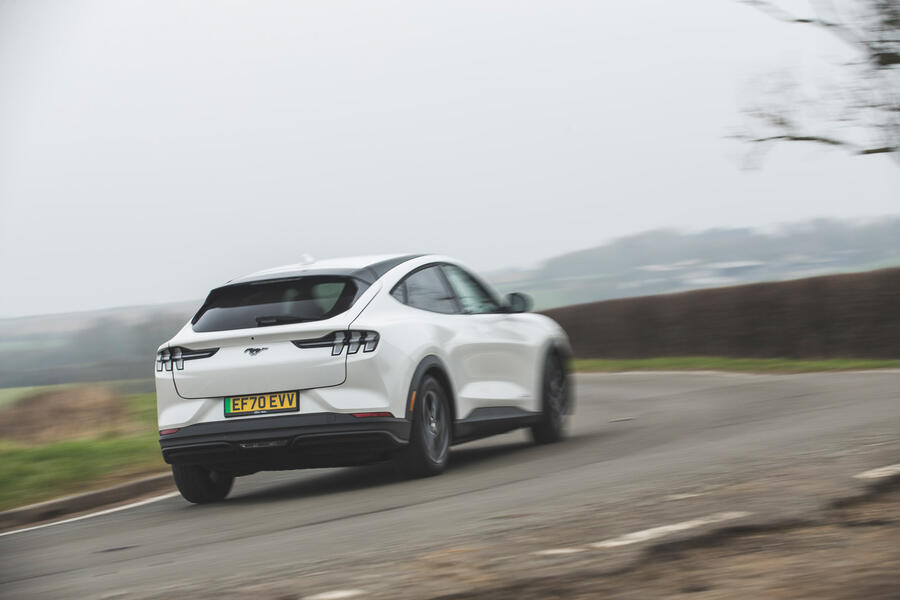
However, on purely pragmatic grounds, it’s the ID 4 that appears to step out in front. Its 77kWh battery is larger than the Ford’s 68kWh equivalent, and it promises a longer claimed range, too: 310 miles versus 273 miles on the WLTP test cycle.
Before we set out on our 100-mile route that tracks back down the M1, cuts across country to the northern reaches of the B660 and then doubles back to Milton Keynes, there’s a third contender in this test that needs introducing. With a list price of £49,900, a sub-5.0sec 0-62mph time and two motors that combine to produce a hefty 402bhp and 487lb ft, the Polestar 2 may look a touch out of place in this company. But this jacked-up saloon is a relevant contender – and not just because it’s an already very accomplished example of what an ‘attainable’ family EV might look like.
Yes, it’s pricier than both the Ford and the Volkswagen, but it pays to remember that both of those cars will be available in more directly comparable guises in the near future. The Mach-E, for instance, can be ordered with an Extended Range battery, with two motors or with both. The ID 4, meanwhile, will be available in dual-motor form in due course. Both higher-end models will have price tags more in line with that of the Polestar. The range-topping Mach-E First Edition, for example, will cost from £58,080 when it arrives here in the summer.
A quick poke around all three cars while they’re charging reveals some interesting truths. First is that the Polestar is, somewhat unsurprisingly, in another league when it comes to luxury appeal.
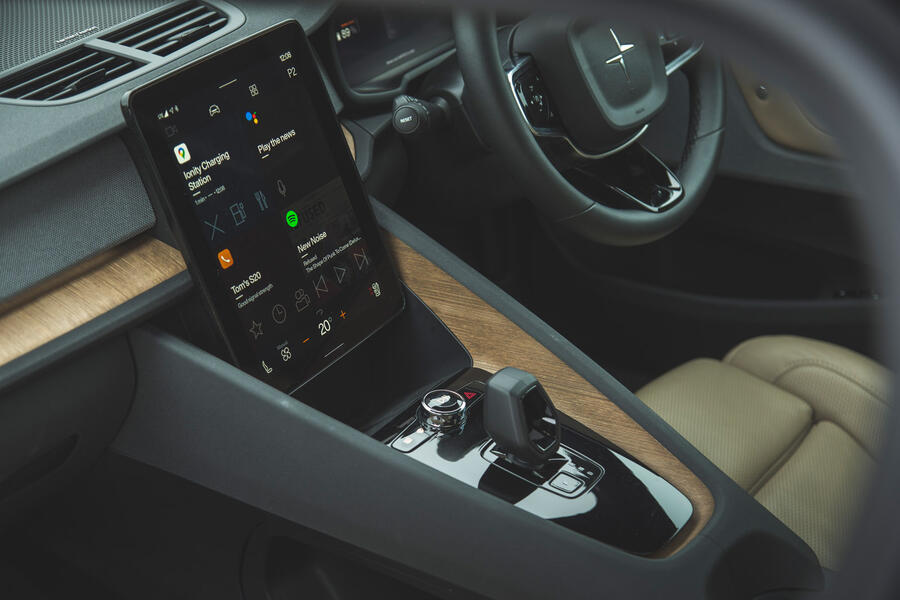
Admittedly, you have to pay £4000 extra to get the barley-coloured nappa leather and ‘reconstructed’ wood trim seen here, but the 2 doesn’t lose out on any effortless lounge-like cool even in its standard guise. Storage space is good, too, although the standard panoramic glass roof does eat into rear head room and the central transmission tunnel (a hangover from the ICE-focused Volvo platform) makes the middle rear seat best left for small kids.
By comparison, the Ford, well, feels far more like a Ford – which is to say that it won’t win any awards for material sophistication or bold design appeal. It’s a touch drab, even if the massive, Tesla-style central touchscreen does inject a likeable degree of technological sophistication. But while the front seats may not cradle you quite as effortlessly as the Polestar’s, the Mach-E’s roof doesn’t feel quite so close to the top of your head when you’re sitting in the second row. I reckon it’s quite comfortably the more spacious car.
But it’s the ID 4 that strikes the best balance between the two concerns. With a more liberal use of hard-touch plastics, it doesn’t feel as immediately posh as the Polestar, but you get the sense that Volkswagen made a more conscious effort to make the ID 4 appeal on a design level than Ford did with the Mach-E. The grey-and-brown upholstery comes as standard on the First Edition. It looks snazzy without being gaudy and contrasts nicely against the vivid white control unit and steering wheel – although something tells me you will want to keep that looking perfectly clean.
It’s the Volkswagen that feels the most spacious, too. Admittedly, back-seat passengers won’t notice too much difference between the ID 4 and the Mach-E, but when it comes to boot space, the ID 4 comes up trumps: its 543-litre load bay (to the window line) is larger than both the Polestar’s (446 litres) and the Mach-E’s (402 litres). For sheer family-friendliness, the Volkswagen already looks to be edging out in front.
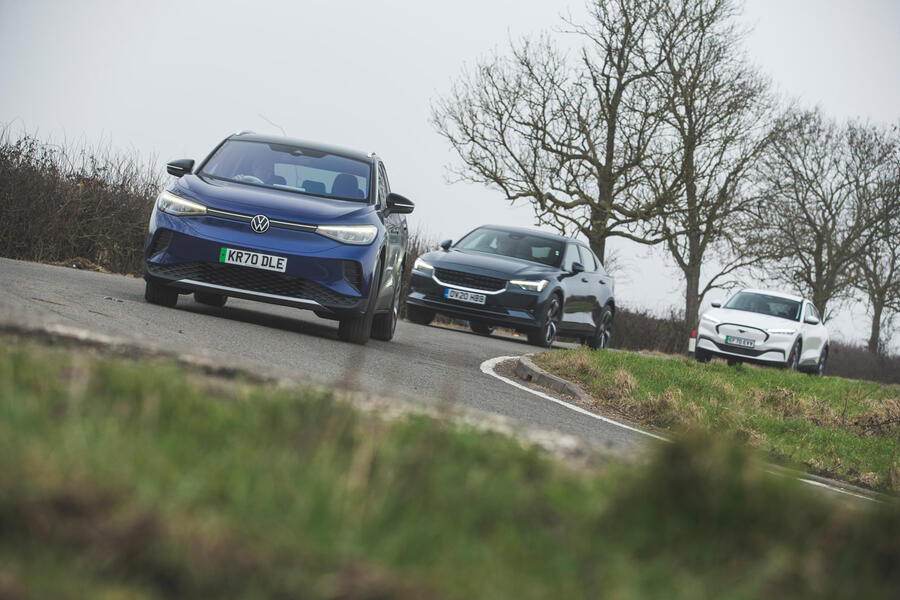
Anyway, as the 50kW chargers we’ve hooked up to finally bump the cars’ batteries up to around 90% capacity, we decide that it’s time to pull the plug and get cracking. Having driven the Mach-E up from London to this morning’s rendezvous, I swap into the ID 4.
On the motorway, it immediately feels like a more relaxed, smooth-operating device. Whereas the Mach-E was a wee bit lumpen and noisy even at cruise, the ID 4 is all calm. Even on passive dampers and large (20in) alloys, it feels impressively composed and pliant, and its seats (firm but supportive) are much better than the slightly short- squabbed chairs found in the Ford. Faced with a long drive, of the two I would grab the keys for the ID 4.
As we come off the M1 at Flitwick to cut through Millbrook and up towards Bedford via some twistier back roads, the ID 4’s mask doesn’t slip. I’m not sure that it screams driver engagement, but it feels swift enough on these roads and steers with that reassuring sense of ease and purpose that’s common to all Volkswagens. It has a serious, get- the-job-done flavour to its dynamic character, for sure, but as a car to just get in and drive, it’s very easy to get along with. I like it a lot.
Time to get back into the Mach-E. Away from the motorway, it’s clear that the Ford has a few more tricks up its sleeve than the Volkswagen but, curiously, you don’t get into a good flow with this EV quite as quickly. It feels more like a car you need to read and learn.
For starters, its brakes are really quite grabby. Then there’s the steering, which not only feels rapier-quick next to the ID 4’s but light in its weighting, too. It doesn’t tell you so much about what’s going on at the front axle, but once you get comfortable with it, there’s a really entertaining, fast EV on offer here.
It doesn’t mask its weight entirely convincingly, but turns in with plenty of enthusiasm, grips well and will then subtly waggle its tail on corner exit if you’ve turned the traction control off. For sheer hooliganism, a real Mustang (that’s a coupé with a V8 engine in its nose) would leave its namesake for dead, but there’s a definite naughty streak here, and that’s no bad thing.
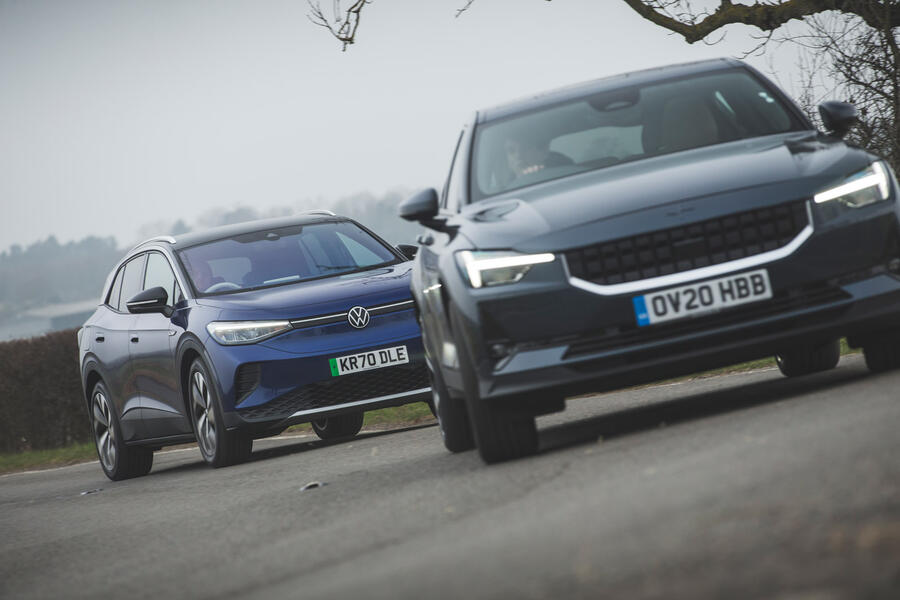
The Polestar, meanwhile, comes down somewhere between the two. That’s interesting, considering that it blows both rivals into the weeds in terms of straight-line punch and its roof line sits roughly 14cm lower. Like the Ford, its steering errs on the lighter side of things, but it’s just not quite as eager or as athletic in its responses, so you don’t find yourself compelled to really push it to see what it can do. Don’t get me wrong, this is a tidy-handling car: body control and traction, thanks to that second motor up front, are very good indeed. But rewarding? I’m not so sure.
With our action shots in the bag, it’s time to head back to Milton Keynes to recharge the batteries one last time before heading home.
I stay in the Polestar and mull things over. It’s an impressive car, this. Fast, comfortable, well-made and beautifully finished. But in this company, against these specific versions of the Mach-E and ID 4, it’s not the EV I would go for. Perhaps it would be a different story against the more powerful, longer-range variants of those cars, but here the price difference is just a bit too steep.
As much as I like the Mach-E’s more up-and-at-’em sense of athleticism, I’m not so enamoured of its dull cabin and occasionally wooden-feeling ride. Admittedly, it was the most efficient car of the trio and, interestingly, the one that looked set to promise the greatest real-world range, if only by a whisker (224 miles compared with 216 miles for the ID 4 and 188 miles for the 2). But of the three, it’s not the EV that I would want to live with.
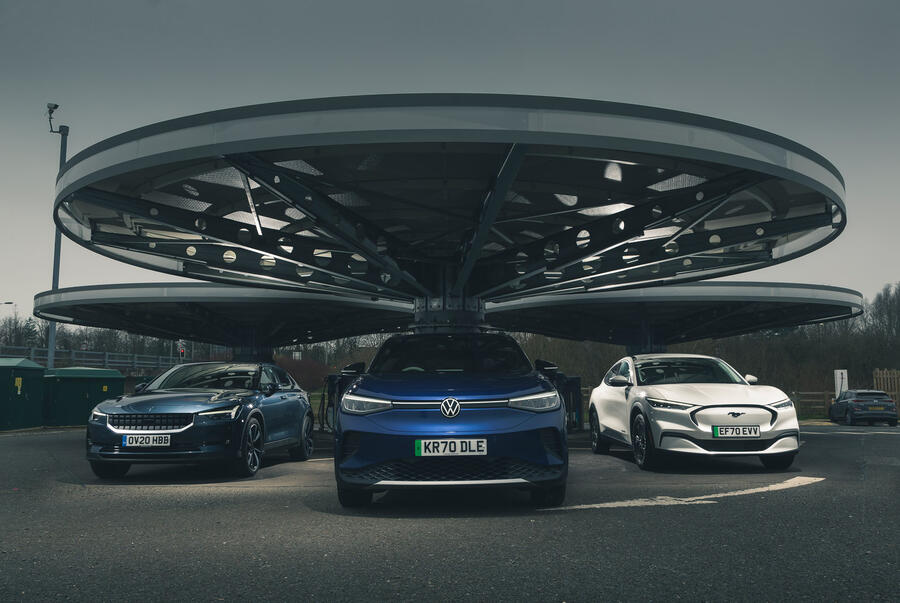
That EV, by the process of elimination, is the ID 4. Sure, it’s the slowest, most strait-laced of our trio, but at the same time it really nails that Volkswagen trait of just feeling impressively complete and well-rounded. It’s very much like a battery-powered Tiguan, and that will be a big deal for a lot of people.
Ultimately, depending on what your priorities are, you could really make a case for any one of these cars. They all go about the business of being solid, reasonably priced, family-friendly electric crossovers in their own distinct ways, and each of them is really likeable for it. I know which one I would have, and it might be different to the one you would go for. Whichever one you would pick, though, it looks like the future of electrified personal transport is in a good place already. Let’s just hope the charging infrastructure keeps pace.
1st: Volkswagen ID 4 - Not the most entertaining here but practical, very well equipped and an impressively slick operator for its price. Extremely well-rounded.
2nd: Ford Mustang Mach-E - Certainly the keen driver’s choice but let down slightly by its occasionally knobbly ride and lack of premium lustre, so it comes a very close second.
3rd: Polestar 2 - Fast, comfortable and impressively posh, but the numbers don’t quite add up in this company.
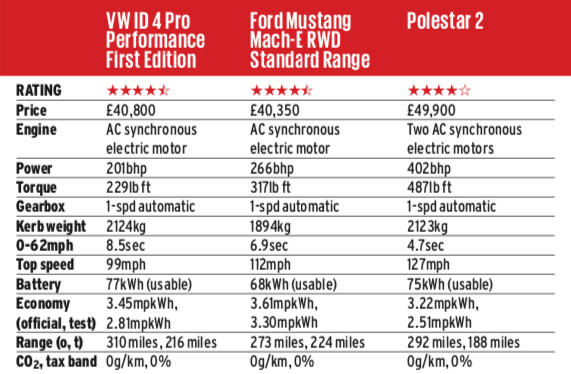
READ MORE
Ford Mustang Mach-E video review: electric Mustang driven on UK roads

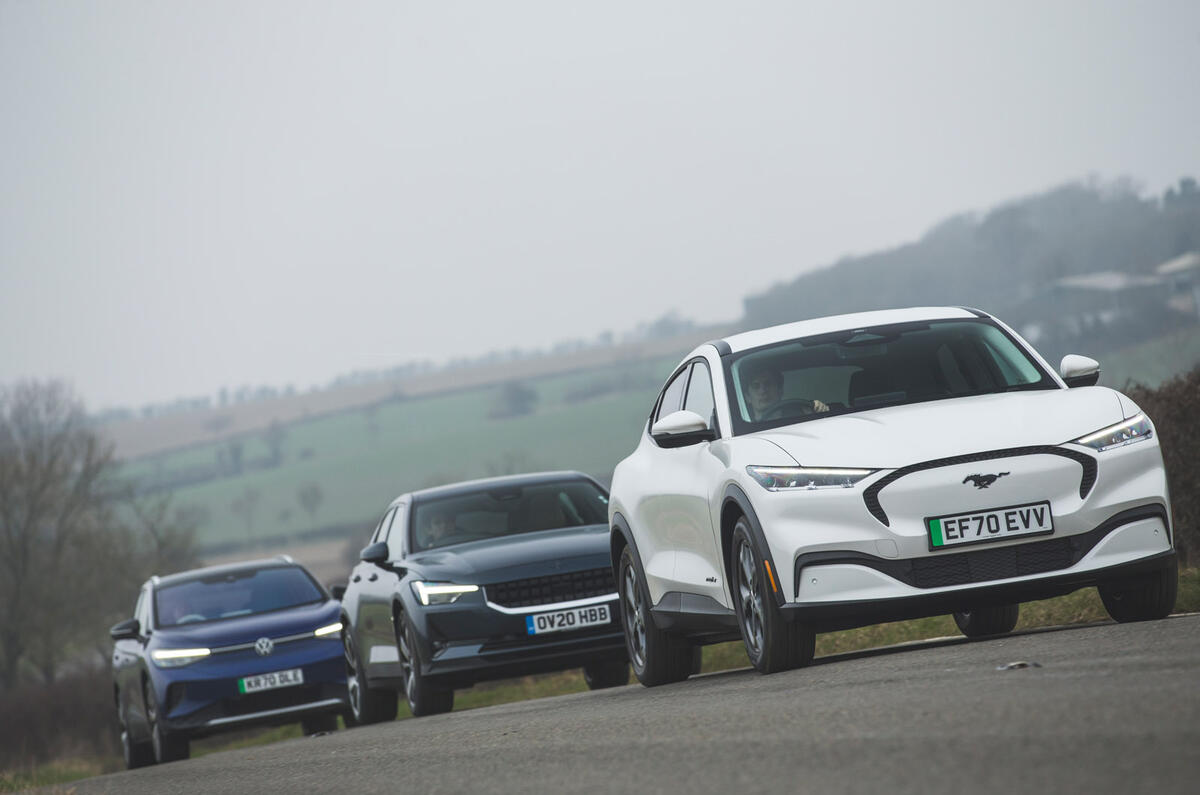
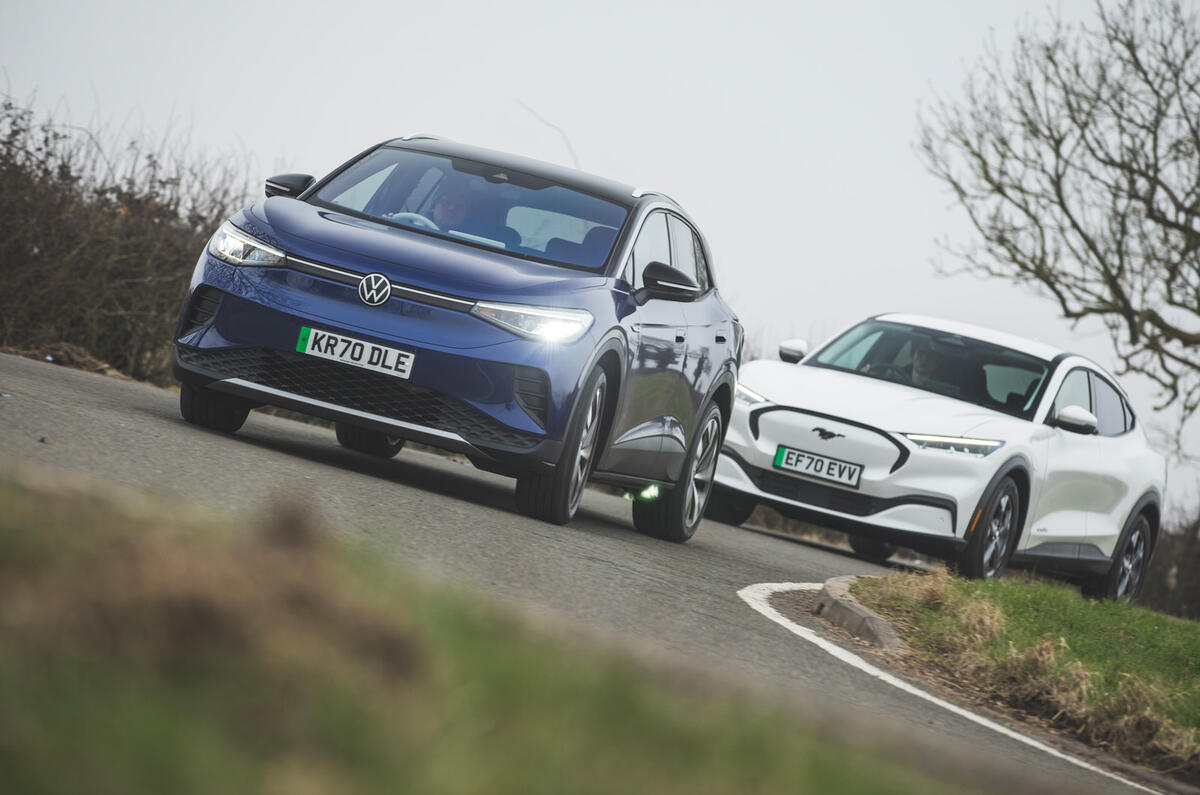
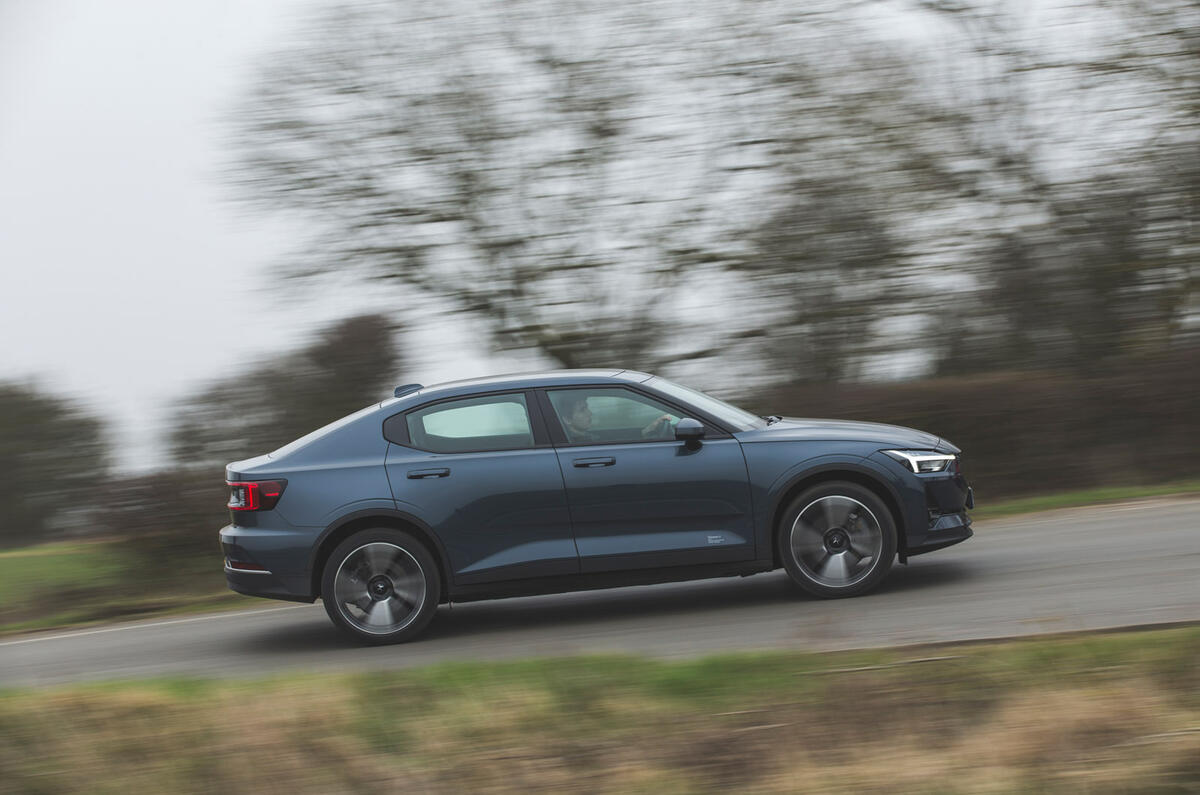
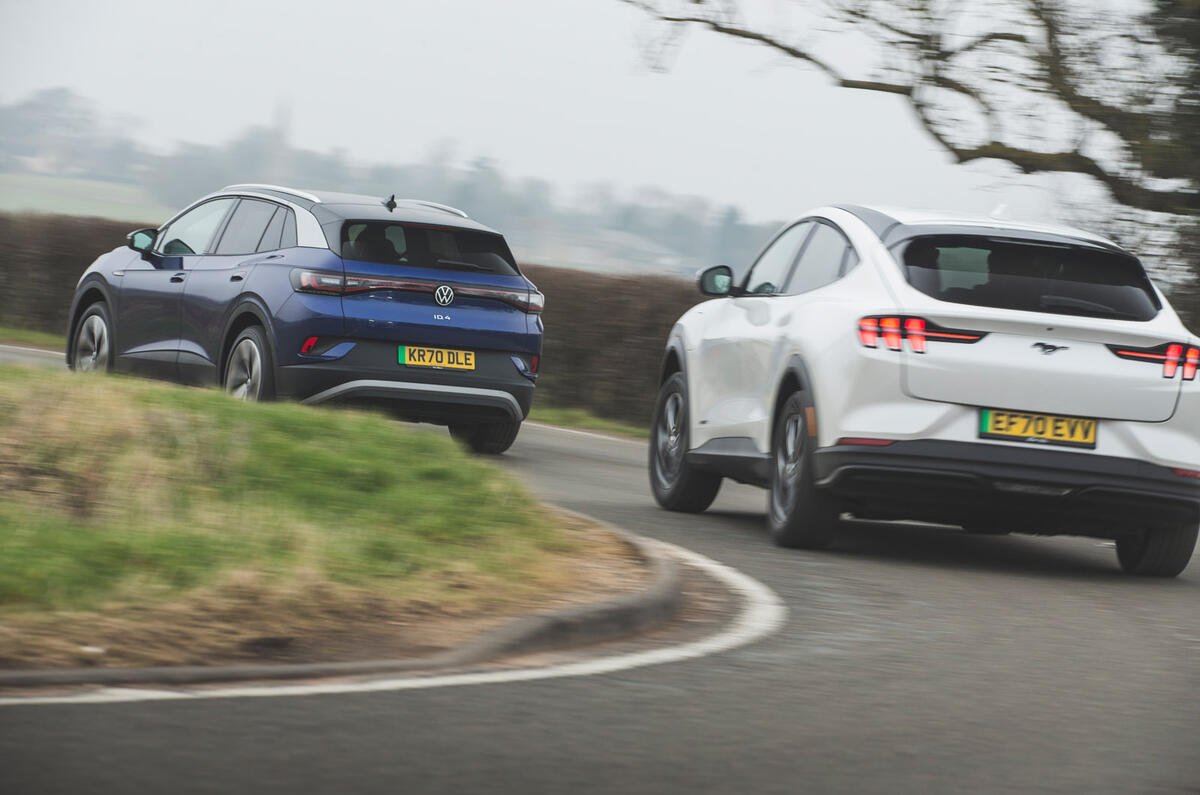
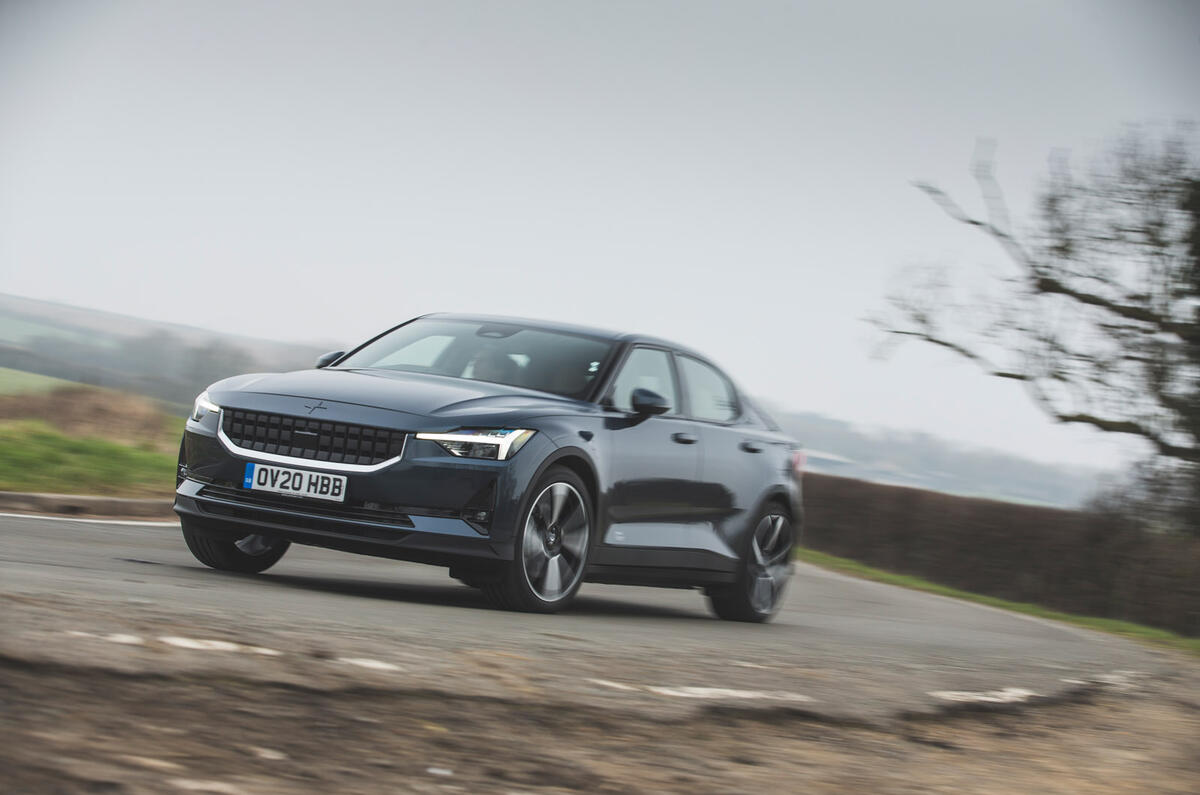
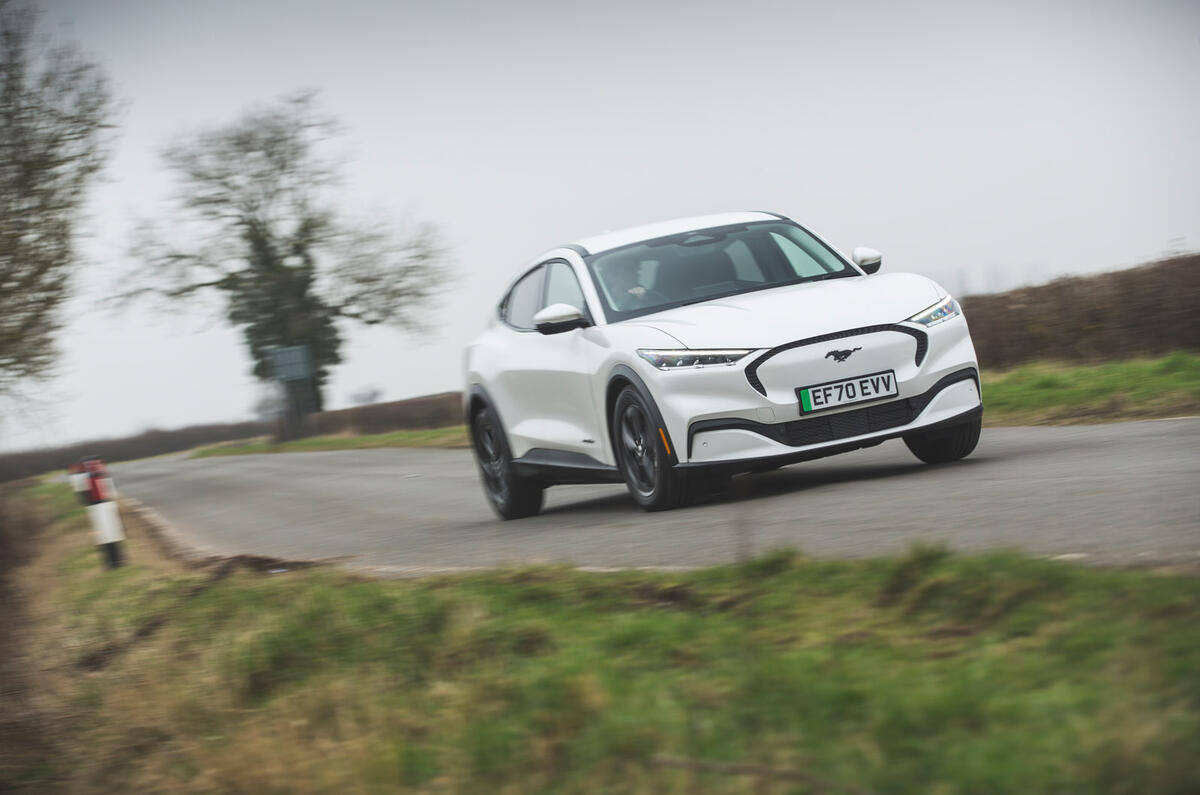
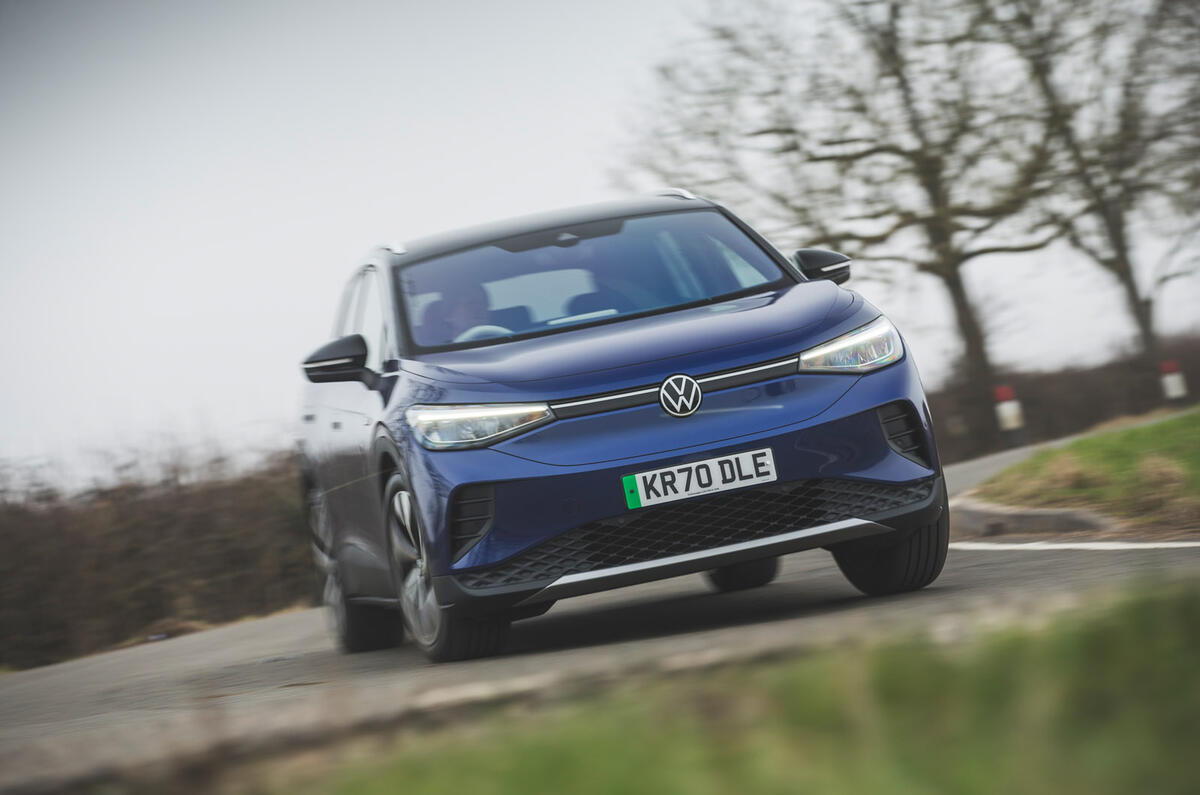
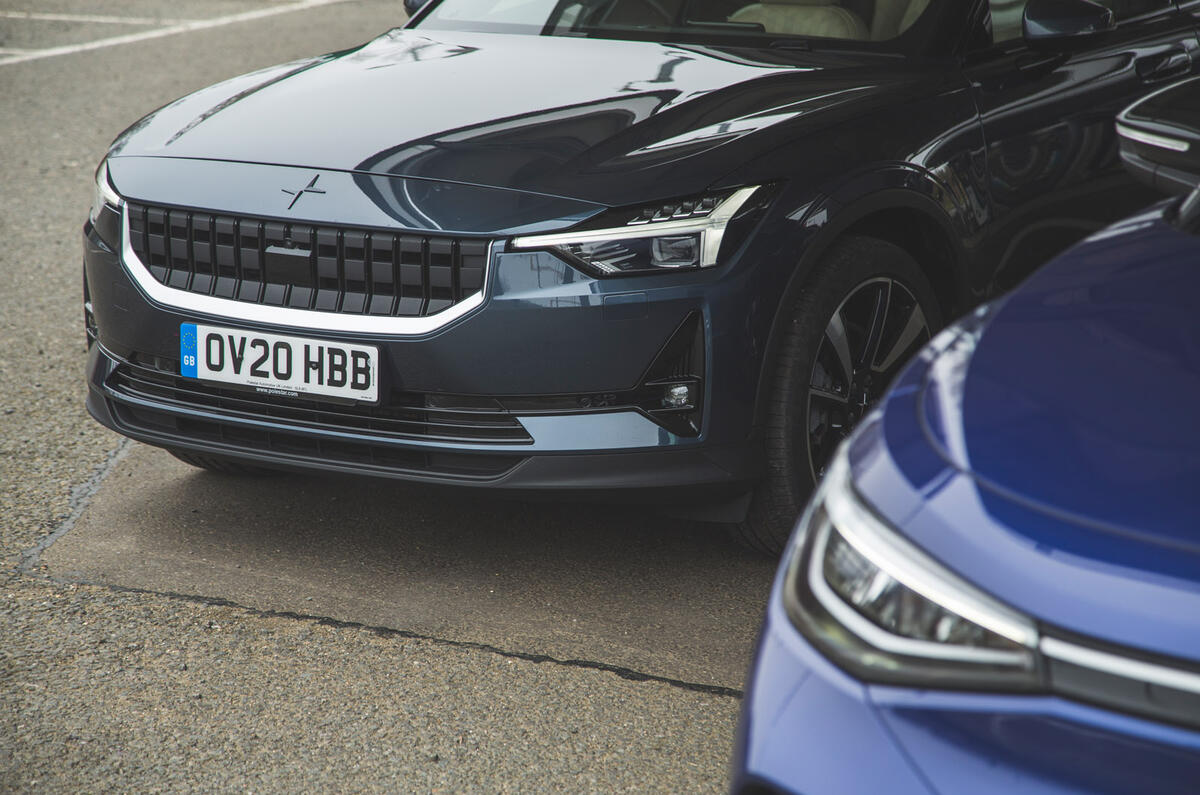
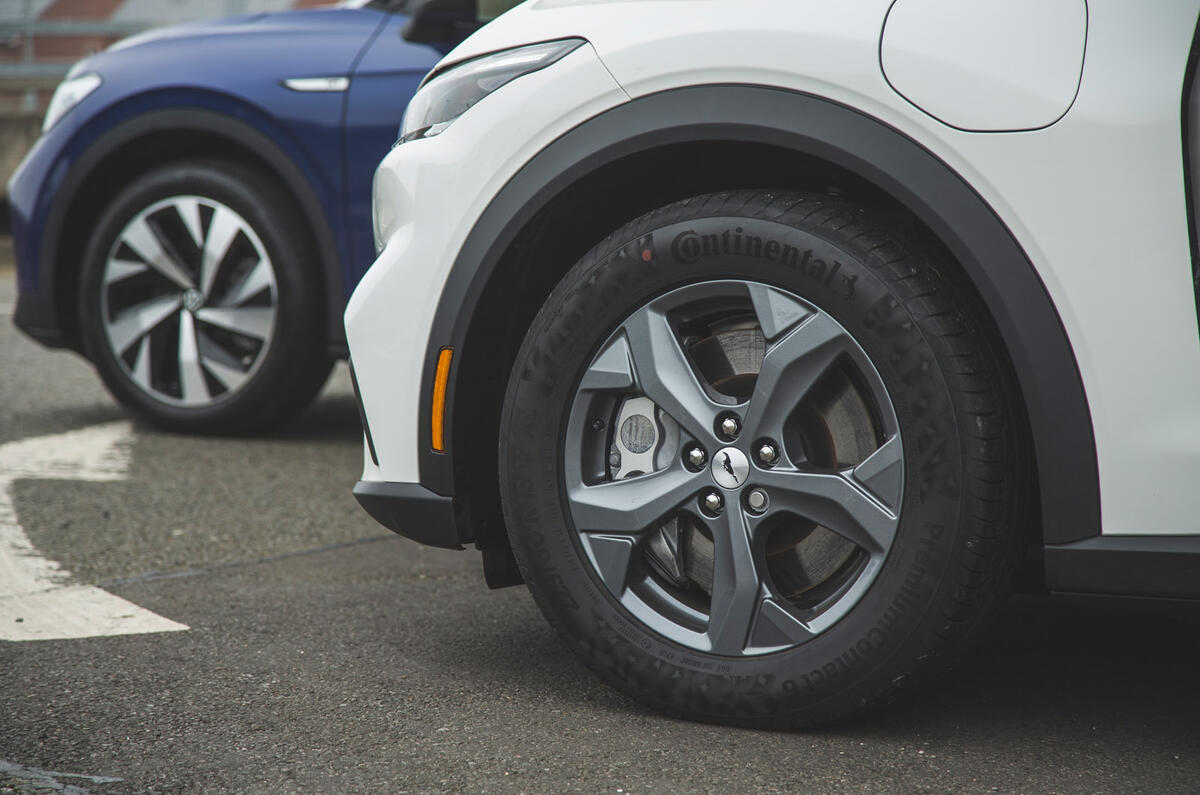
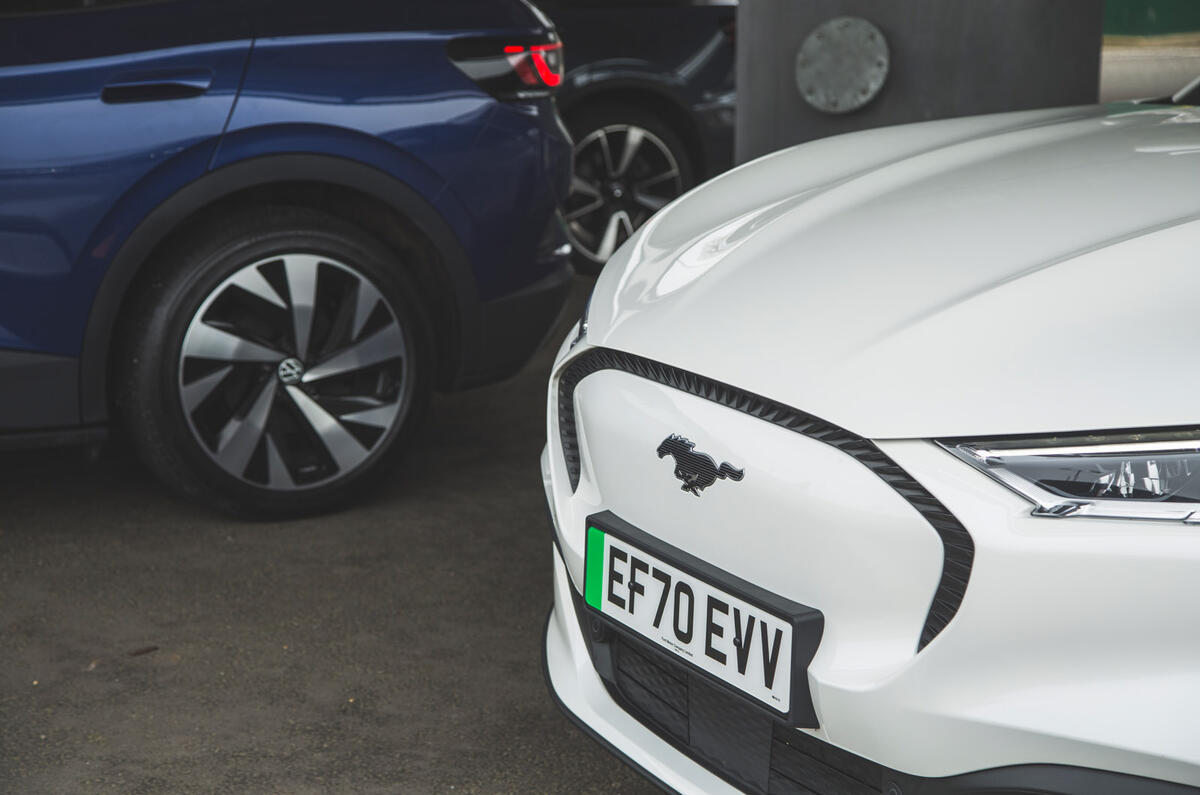

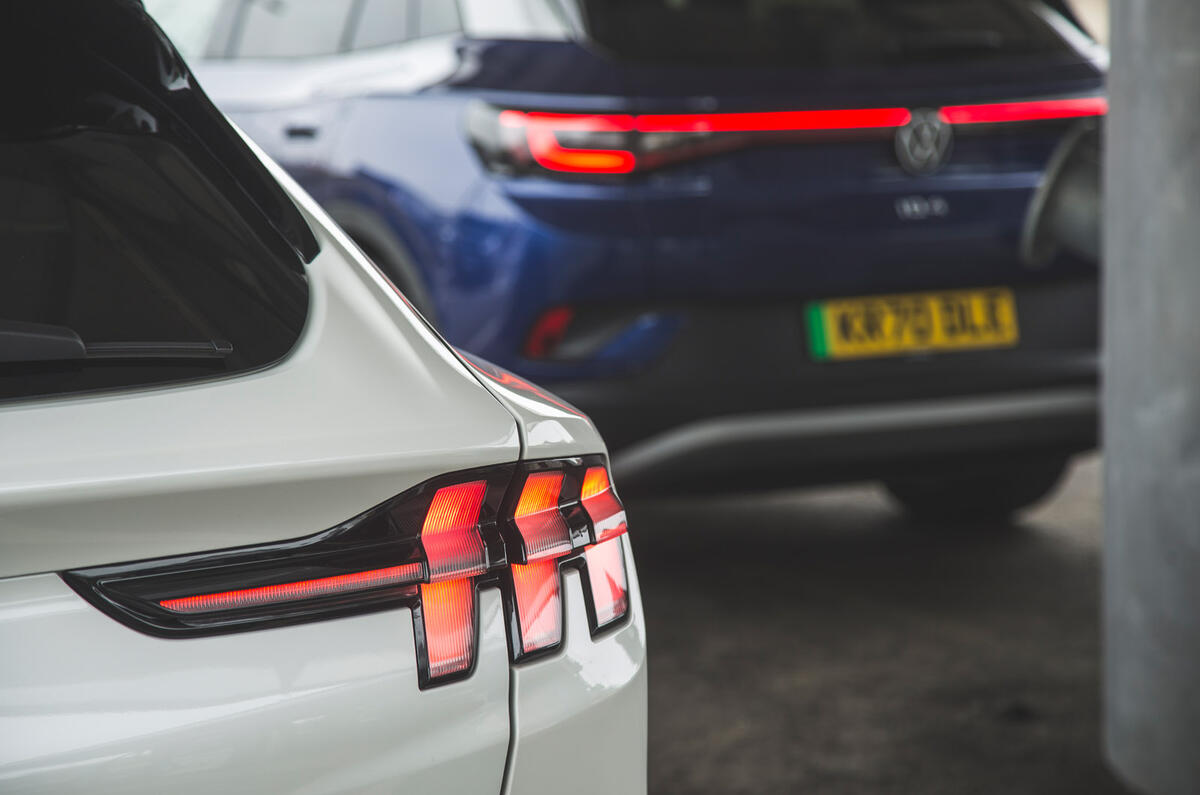
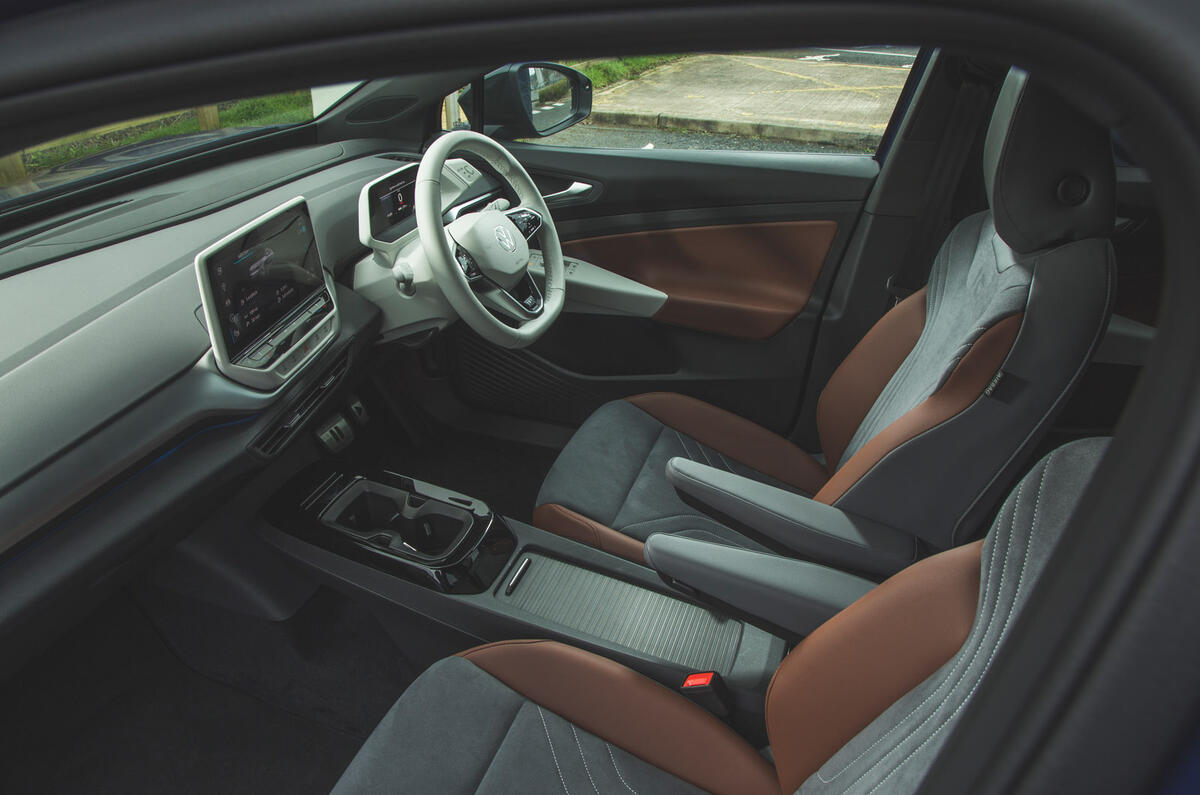


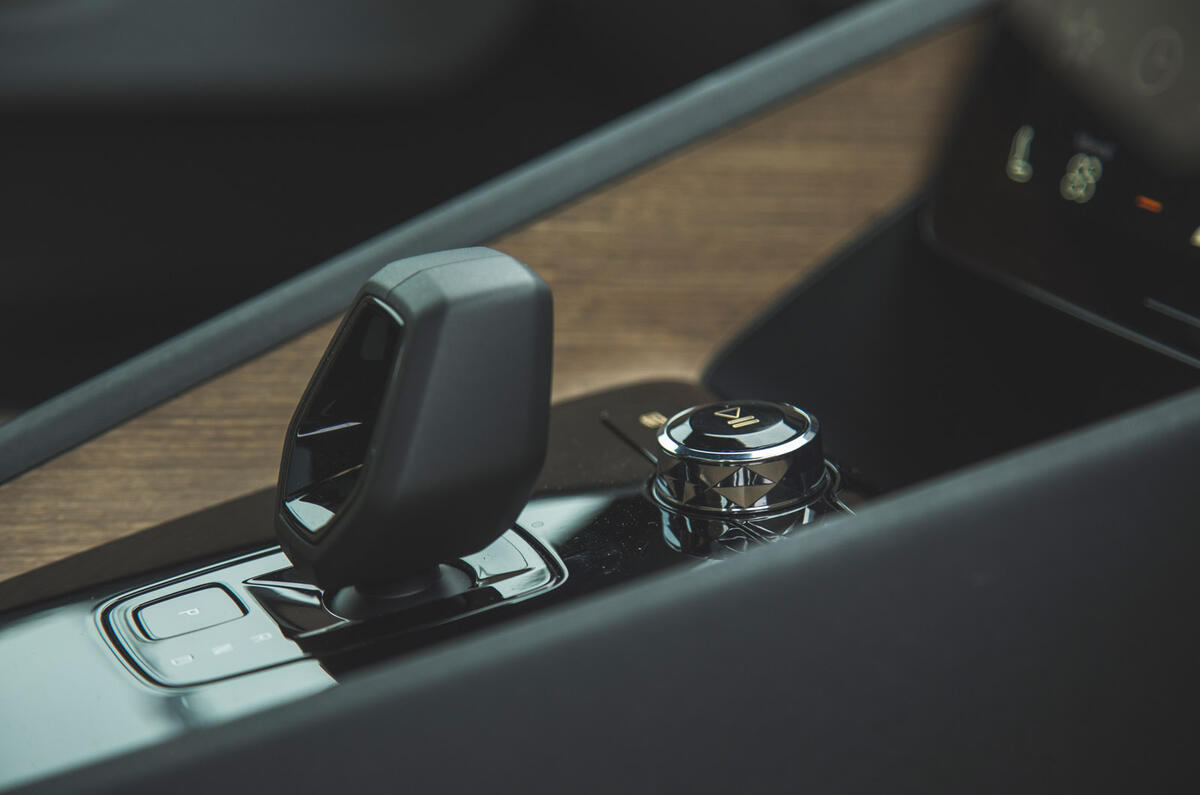
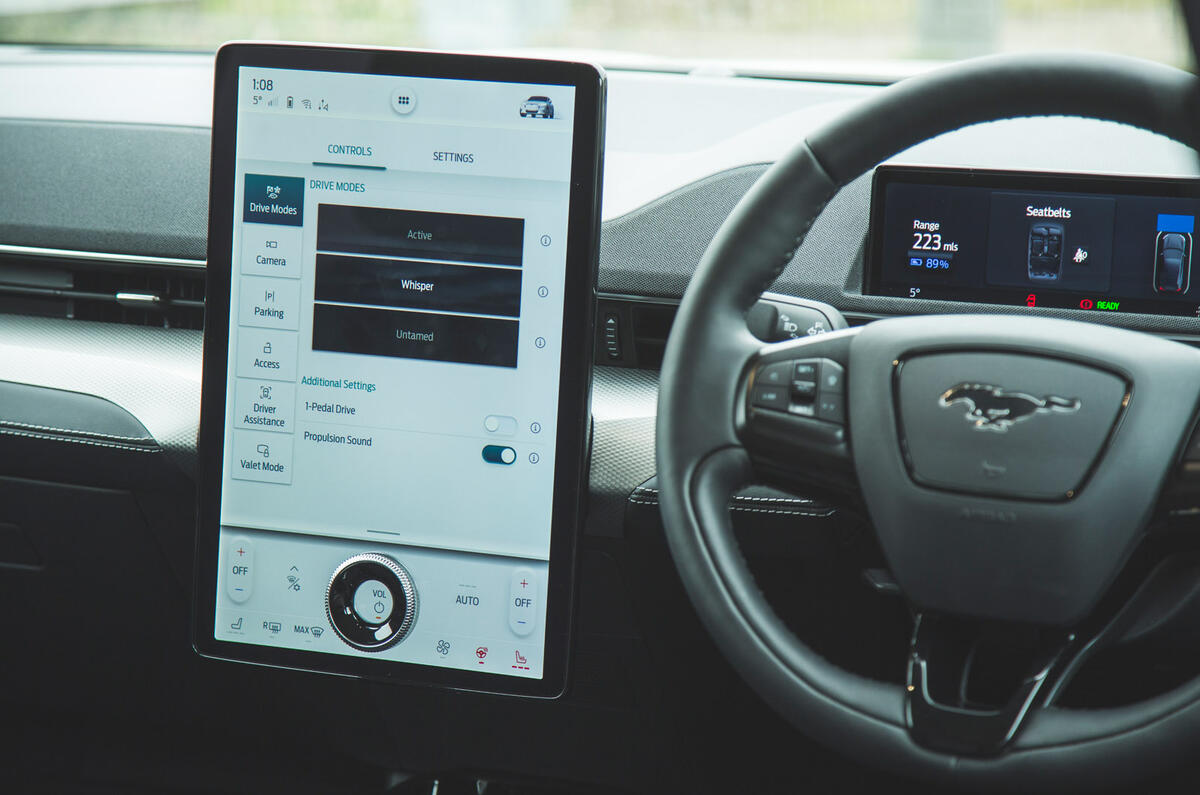
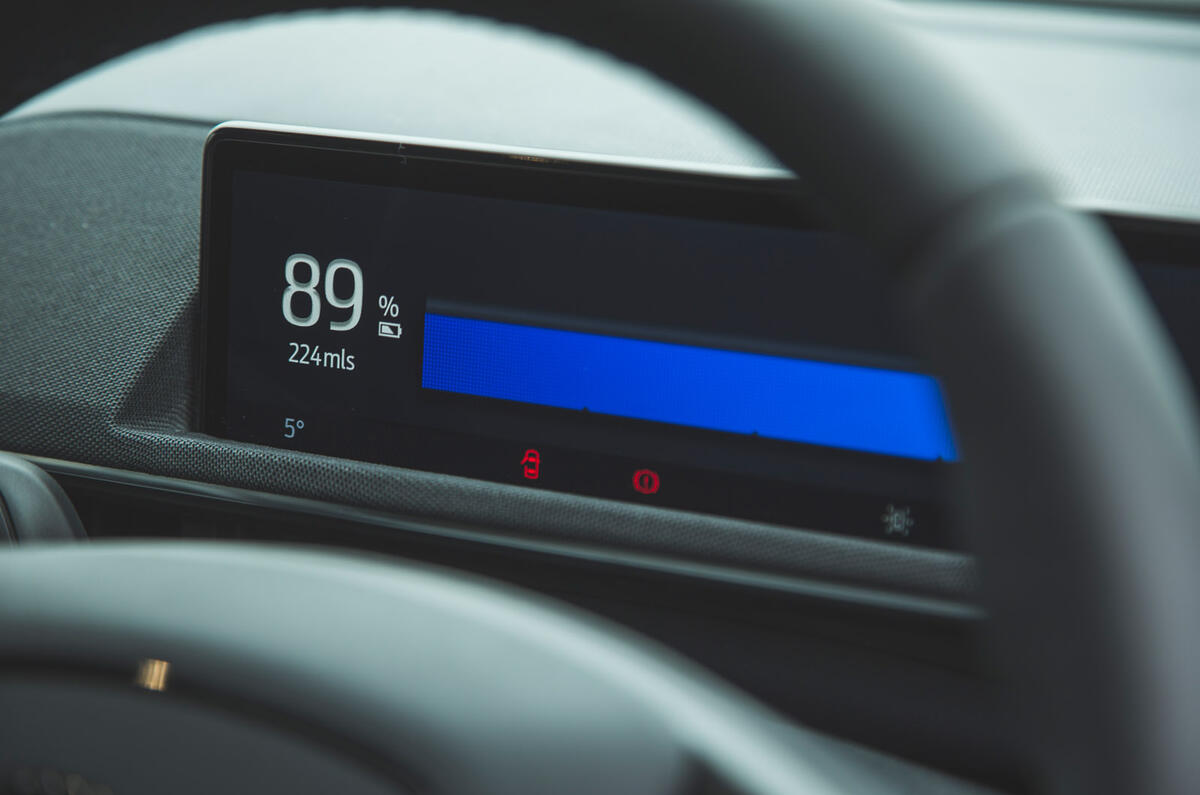
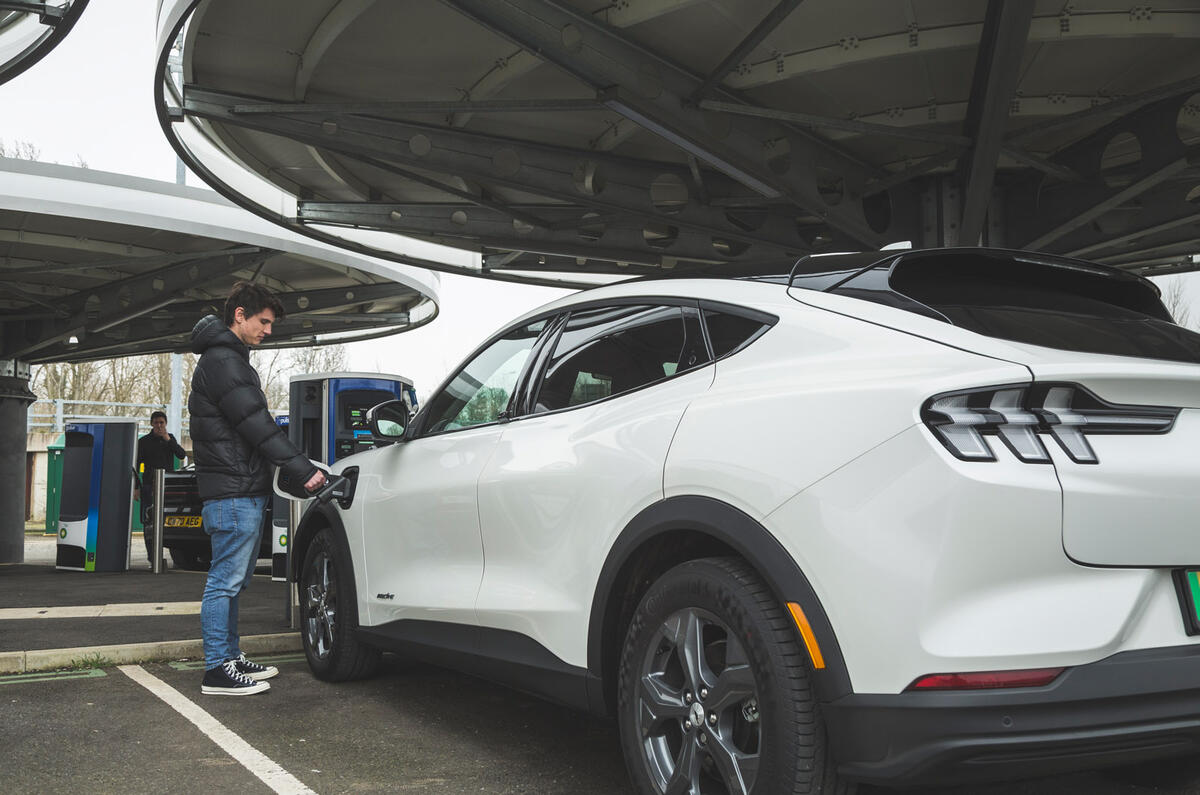
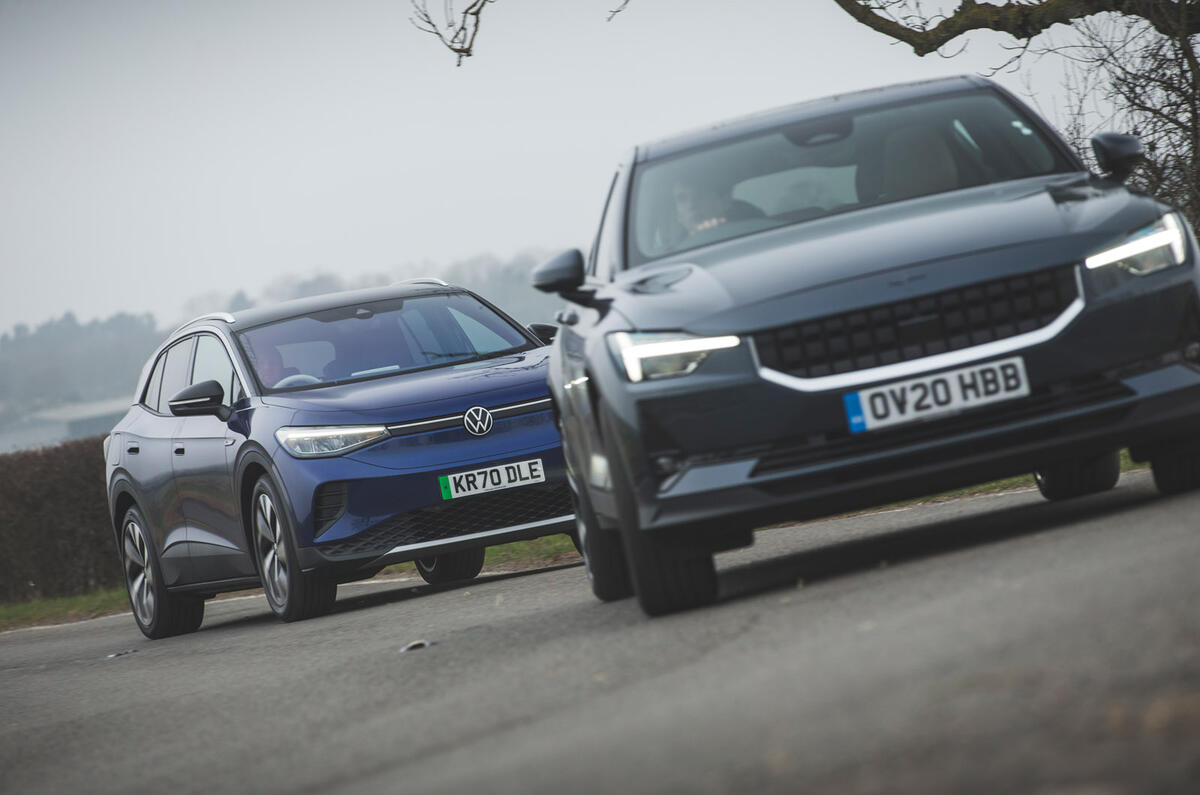
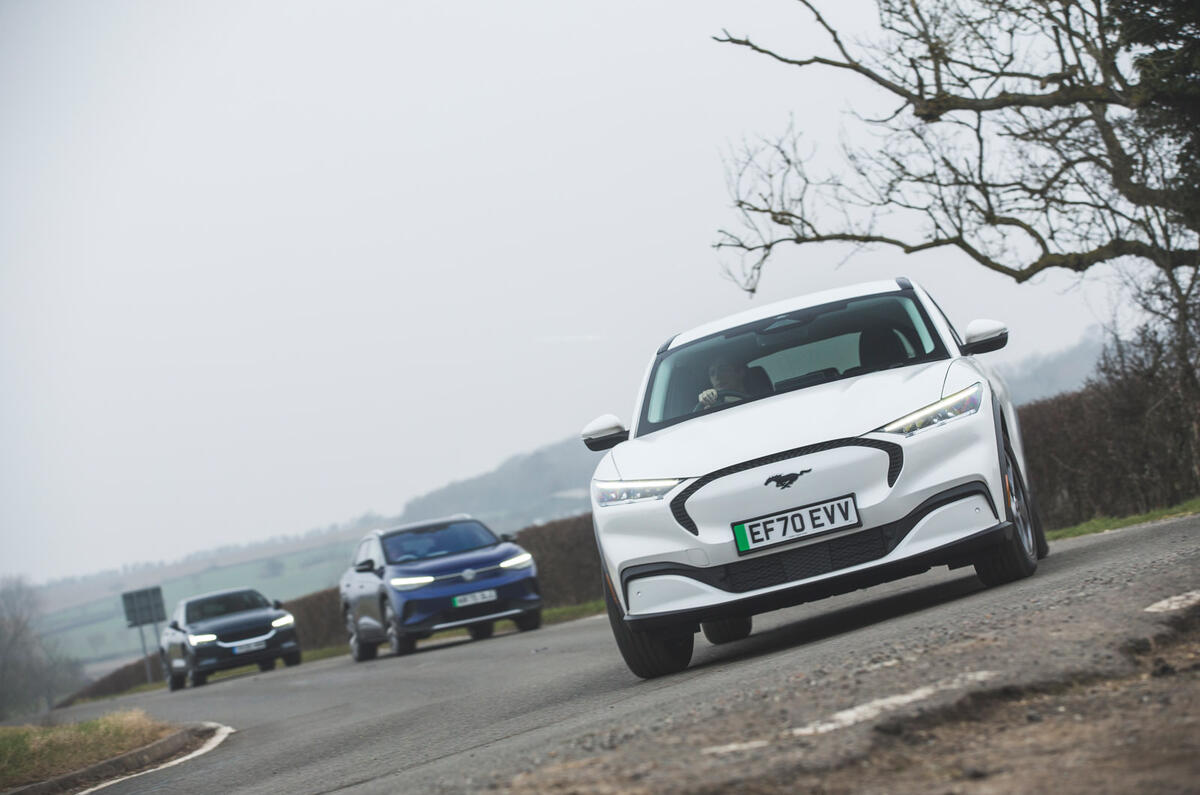
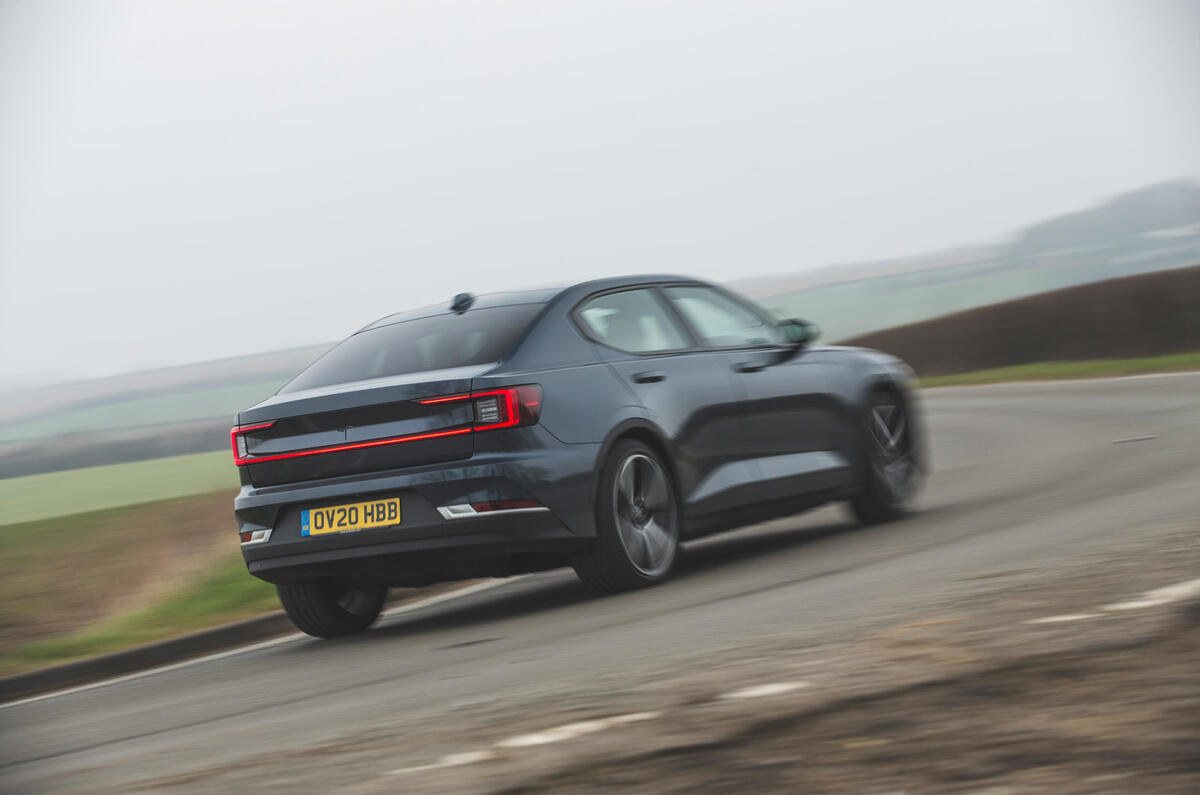
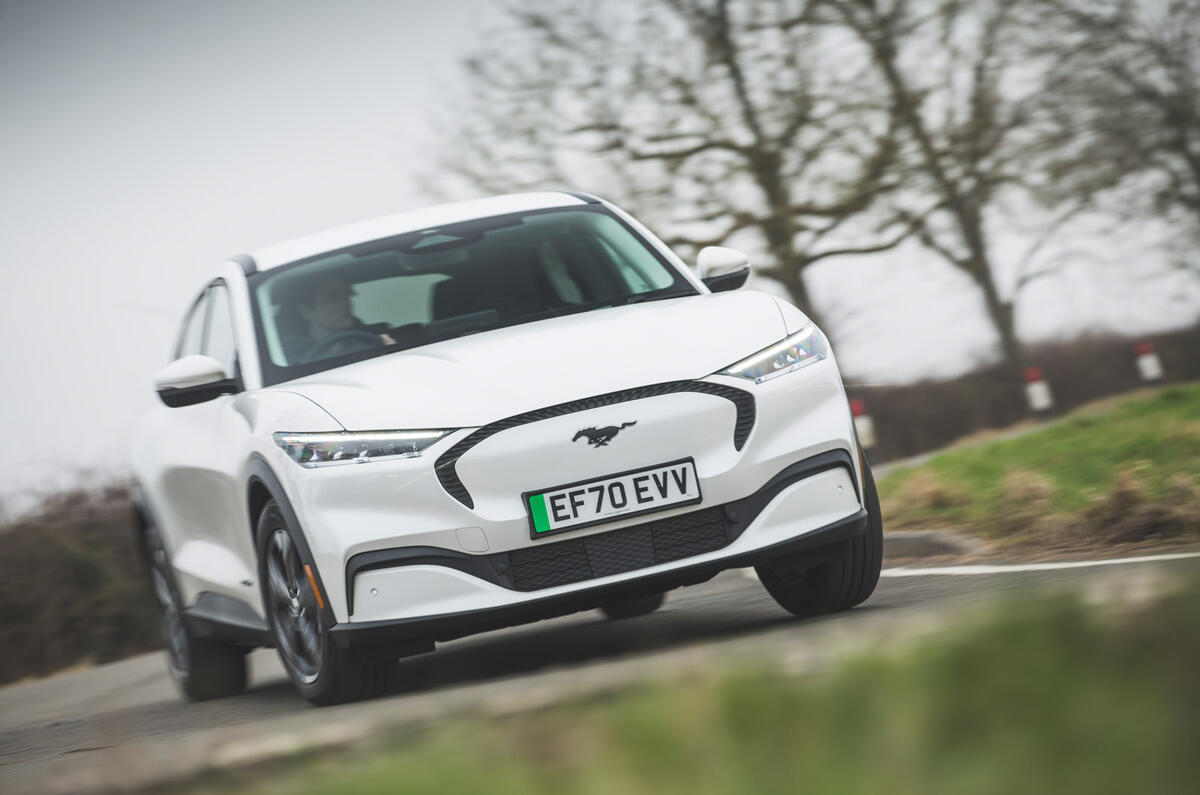
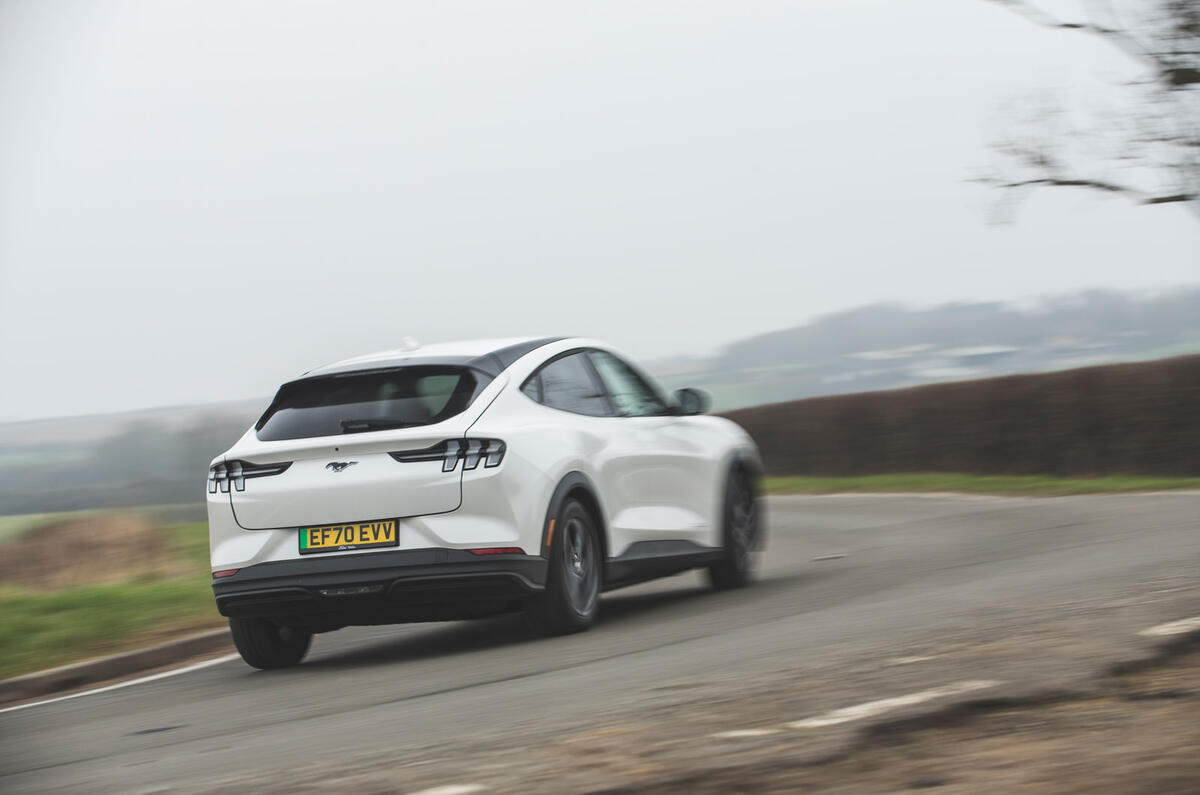
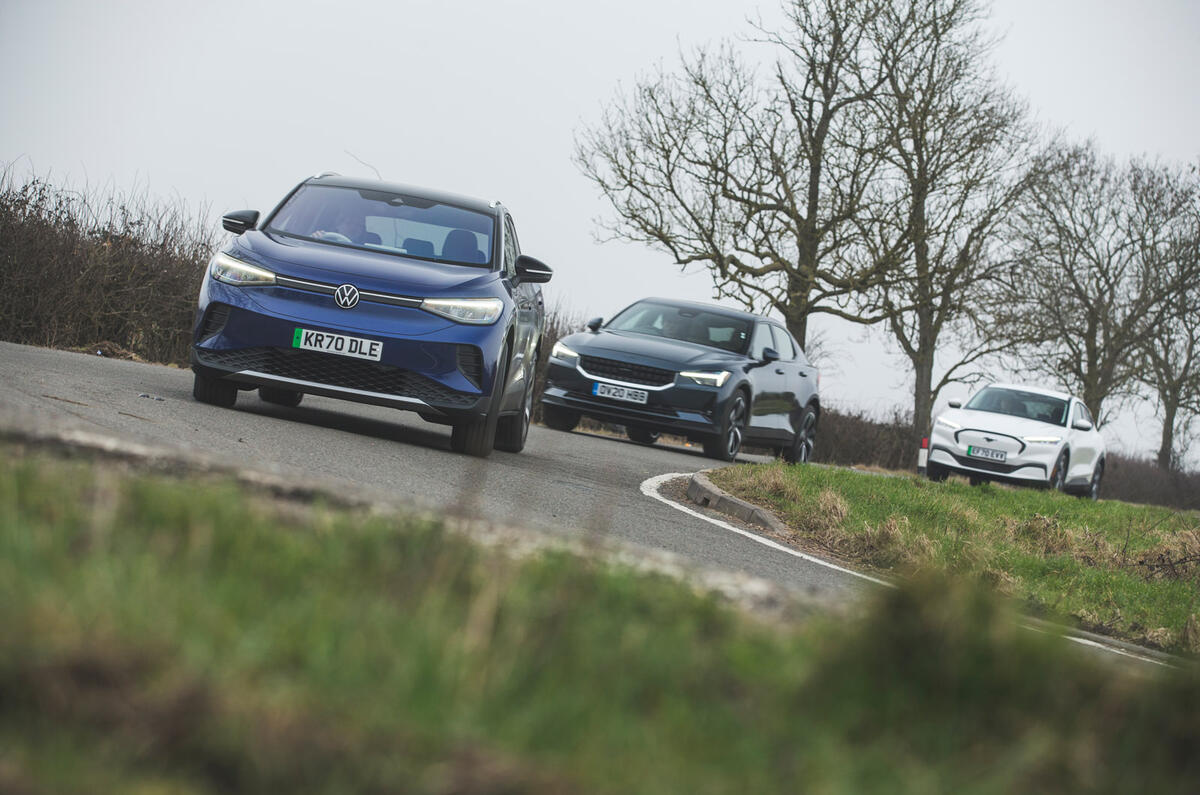
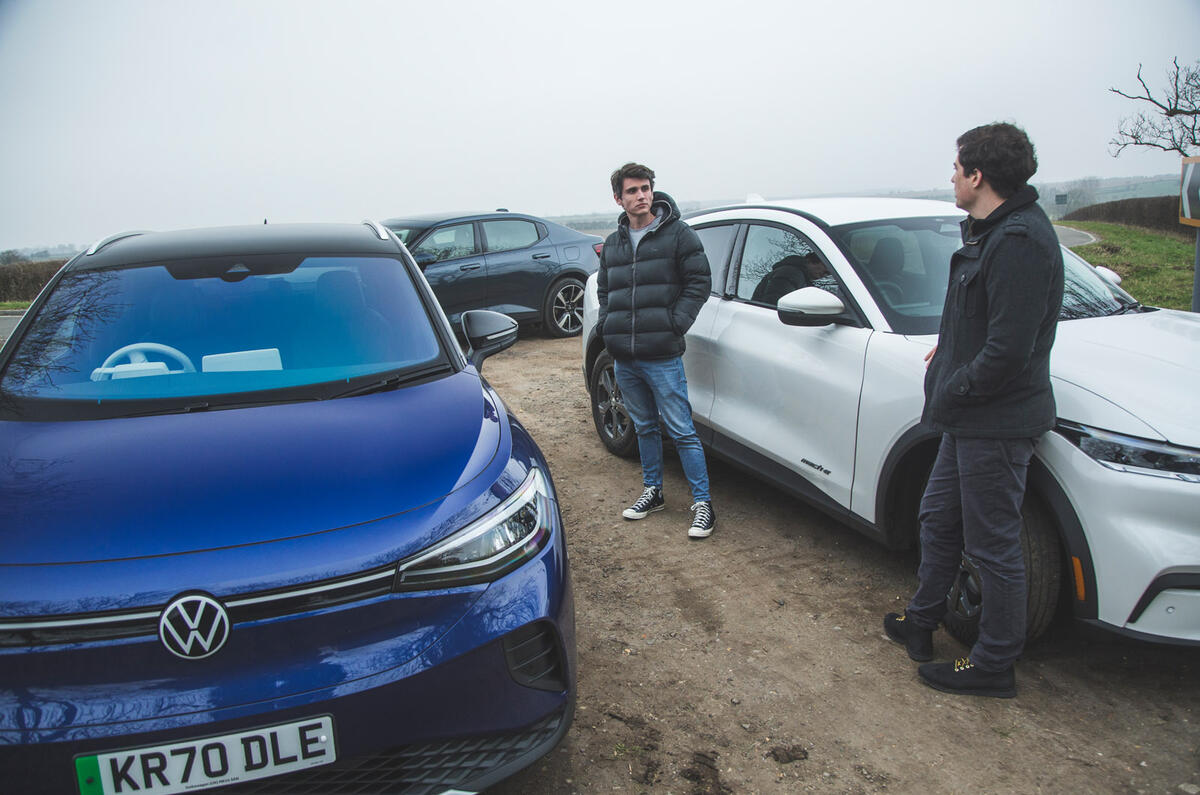
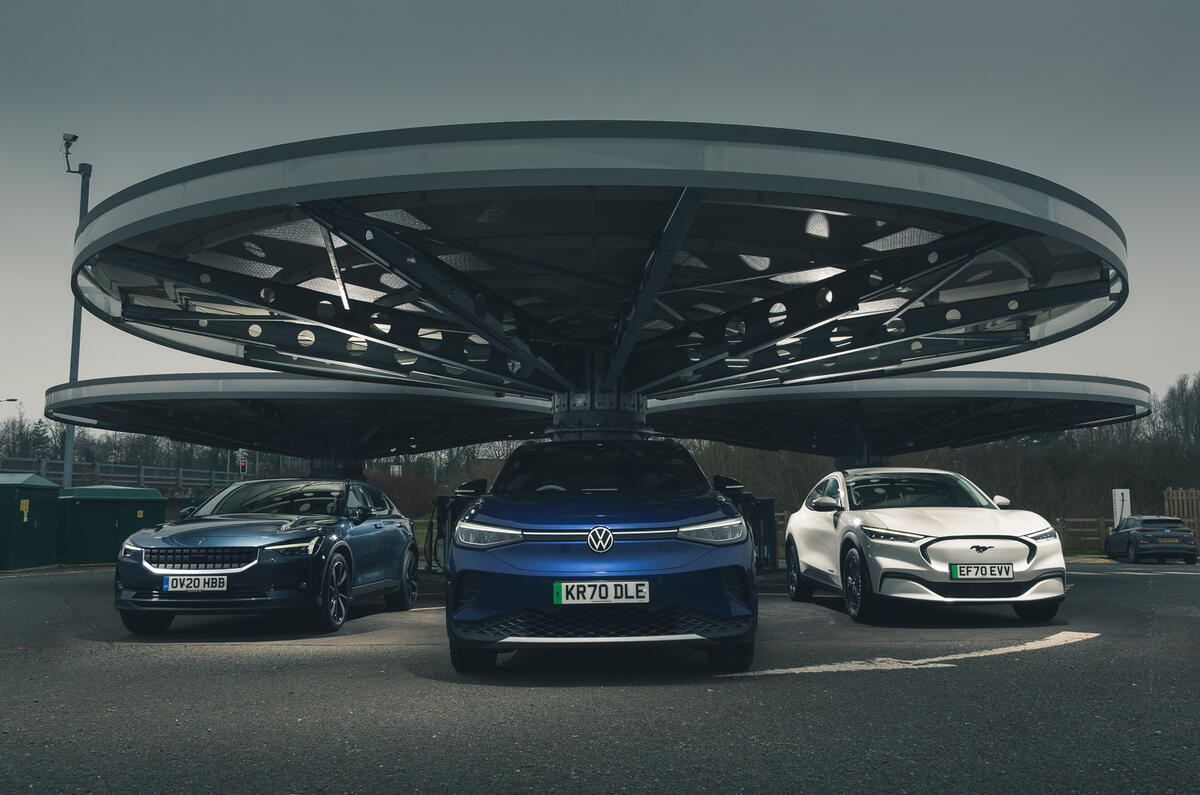
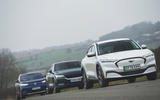

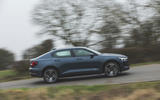
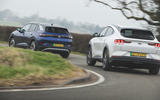
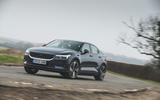
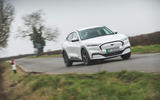
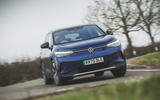

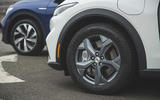

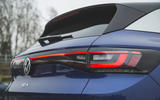

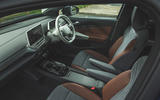
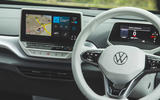
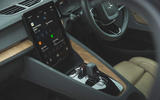
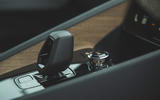
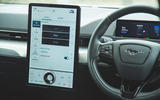

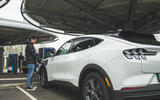
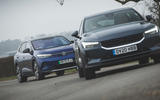
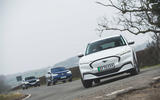
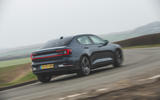
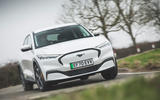
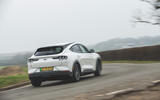
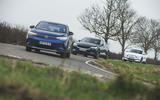

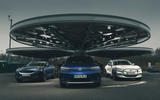


Join the debate
Add your comment
What makes you call Volvo an "EV specialist"?
Considering that Polestar is just Volvo by another name.
Just thought the Ford real world range is outstanding vs claimed figures from the vw.
£40+K for a 2-ton SUV that hardly touches 100mph? And needs re-charging every 200 miles?
Thanks but no thanks!
Make them lighter, address the range, provide a substantial margin of excess power for emergencies (these cars NEED the 200bhp just to move their bulk around) and we will talk.
While the makers are at it: offer the option of a saloon (look at Merc?); not everyone WANTS an SUV!
As ever, in their quest for economies of scale worldwide, car manufacturers are DICTATING what motorists must like and the press are happy to promote that approach and philosophy -remember how the media pushed so hard for the must-have 3-door hatchbacks, for instance, and then for the people-carriers, etc ?
To the untrained eye, this trend is very reminiscent of the old Trabant-era: simple choice 'like it or leave it and that is your lot', but with bells on...
Get a model 3 then